Beets, scientifically known as Beta vulgaris, are among the most rewarding vegetables to grow at home. Not only are they nutrient-dense and delicious, but they are also relatively easy to cultivate, making them perfect for both beginner and experienced gardeners. From their earthy-sweet roots to their tender green tops, every part of the beet plant can be consumed, offering versatility in the kitchen and a wealth of health benefits.This guide will walk you through everything you need to know about growing beets at home—from understanding their nutritional value and soil requirements to planting, care, harvesting, and storing your crop for year-round use.
Why Grow Beets at Home?
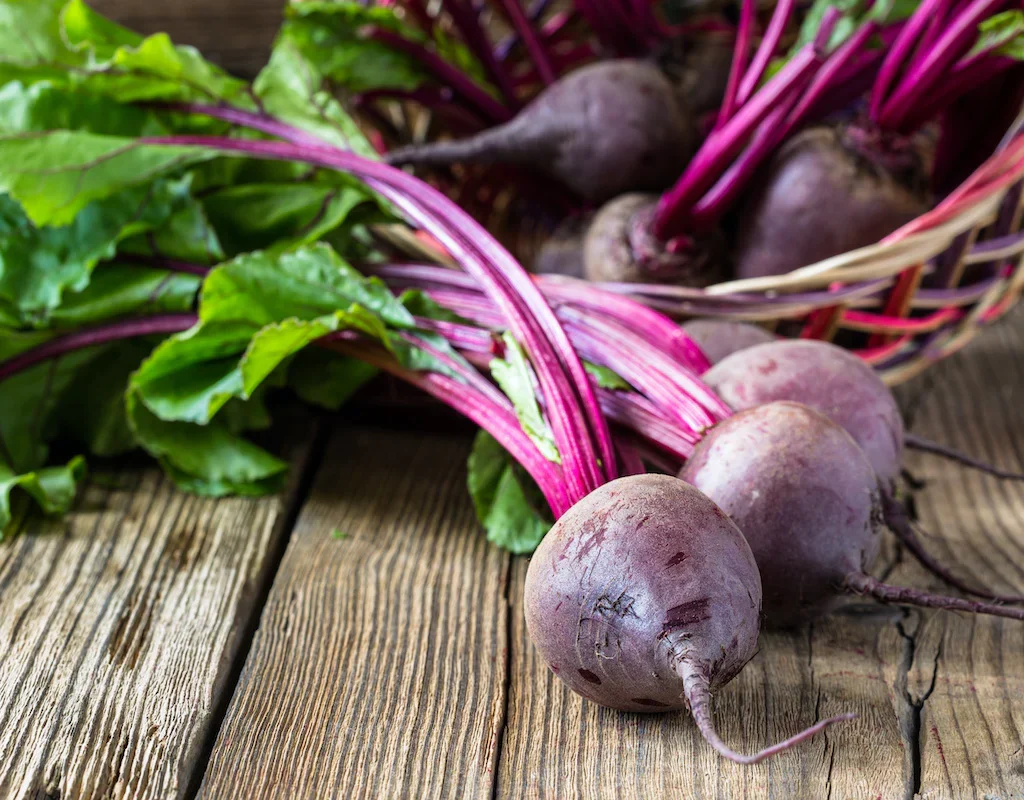
Beets are a powerhouse of nutrients. They are rich in:
- Dietary Fiber – supports digestion.
- Vitamins (A, C, and B-complex) – essential for immunity, energy, and vision.
- Minerals (Iron, Potassium, Magnesium, Manganese) – important for blood health and muscle function.
- Folate – crucial for brain development and red blood cell formation.
- Nitrates – natural compounds that help lower blood pressure and improve circulation.
By growing beets at home, you gain access to fresh, organic produce that is free from synthetic chemicals. Additionally, they are a dual-purpose crop—the greens can be harvested early for salads, while the roots mature underground.
Ideal Growing Conditions for Beets
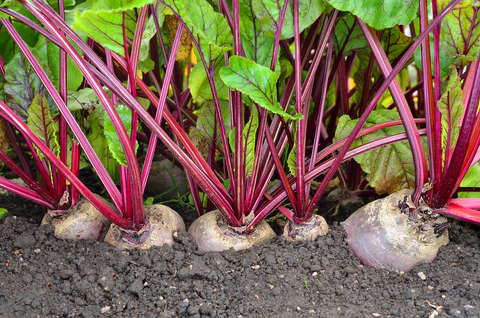
Beets are cool-season crops that thrive in moderate temperatures. They can be grown both in the ground and in containers, making them suitable for homes with limited space.
1. Climate and Temperature
- Best grown in spring and fall.
- Ideal temperature: 10°C to 25°C (50°F to 77°F).
- Frost-tolerant and can survive light freezes, but extreme heat makes them woody and bitter.
2. Soil Requirements
- Prefer loose, well-drained, sandy loam soil.
- pH range: 6.0 to 7.5.
- Avoid heavy clay soils, as they hinder root development.
3. Sunlight
- Need at least 6 hours of direct sunlight per day.
- Partial shade is acceptable, especially in hotter climates.
Preparing the Soil
Proper soil preparation is crucial for growing healthy, well-shaped beet roots.
- Clear the Area – Remove weeds, rocks, and debris.
- Loosen Soil – Dig at least 12 inches deep to allow roots to expand.
- Add Organic Matter – Mix in compost or well-rotted manure for nutrients.
- Avoid Fresh Manure – It can cause beets to develop forked roots.
- Fertilization – Beets prefer phosphorus and potassium-rich soil. Use bone meal or wood ash, but limit nitrogen-heavy fertilizers as they promote leaf growth over root development.
Planting Beets at Home
1. Seed Selection
Choose varieties based on your taste and space:
- Detroit Dark Red – classic, round, deep red roots.
- Golden Beet – milder, golden flesh, less staining.
- Chioggia – Italian heirloom with red-and-white rings.
- Cylindra – elongated beets, good for slicing and canning.
2. Sowing Seeds
- Sow seeds directly into the soil (not transplanting, as beets dislike root disturbance).
- Plant ½ inch deep and 1–2 inches apart in rows.
- Space rows 12 inches apart for proper air circulation.
- Thin seedlings to 3–4 inches apart once they sprout.
3. Container Gardening
- Choose a container at least 10–12 inches deep.
- Use a lightweight, well-draining potting mix.
- Ensure the pot has drainage holes to prevent waterlogging.
Caring for Beet Plants
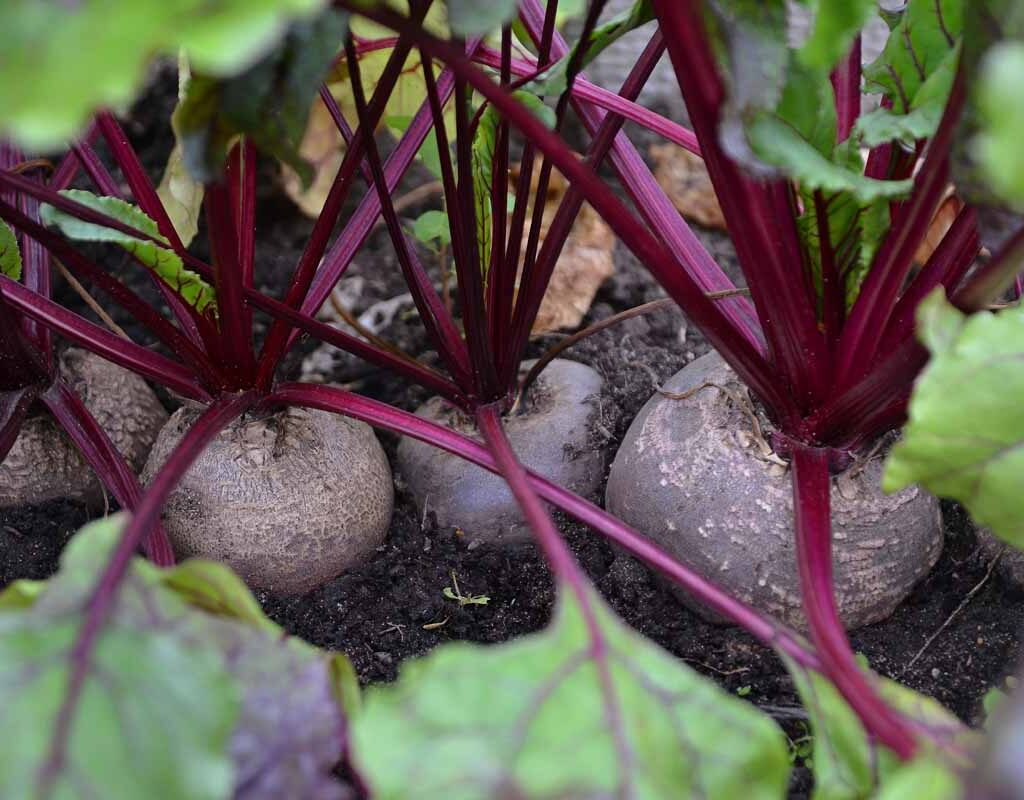
1. Watering
- Beets need consistent moisture but not waterlogging.
- Provide about 1 inch of water per week.
- Uneven watering can cause cracked or tough roots.
2. Weeding and Mulching
- Keep beds weed-free, as weeds compete for nutrients.
- Mulch with straw or shredded leaves to retain moisture and regulate soil temperature.
3. Fertilization
- Use a balanced fertilizer or one higher in phosphorus and potassium.
- Avoid excess nitrogen—it leads to lush greens but small roots.
4. Pest and Disease Management
Common pests:
- Aphids – controlled with neem oil or insecticidal soap.
- Flea Beetles – prevent with row covers.
- Leaf Miners – remove affected leaves to stop spread.
Diseases:
- Cercospora leaf spot – treat with copper fungicide.
- Downy mildew – improve air circulation and avoid overhead watering.
Harvesting Beets
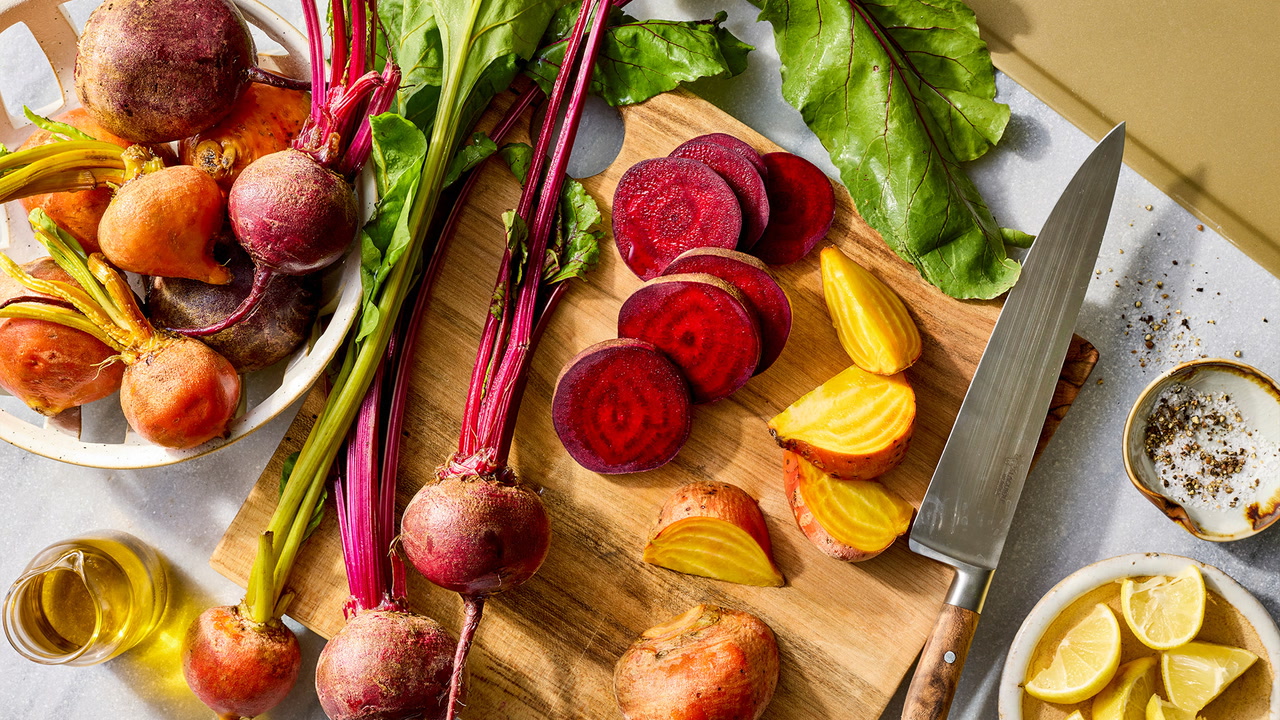
1. When to Harvest
- Beets are usually ready 50–70 days after sowing.
- Roots can be harvested when they reach 1.5–3 inches in diameter.
- Younger beets are tender and sweet, while larger ones may be woody.
2. Harvesting Greens
- Beet greens can be cut when leaves are 4–6 inches tall.
- Harvest sparingly (no more than one-third of leaves at a time) to allow root development.
3. Harvesting Roots
- Loosen soil gently with a garden fork and pull the beet out by its crown.
- Avoid bruising the root, as it reduces storage life.
Storing and Preserving Beets
Beets store well, making them ideal for long-term use.
- Refrigeration – Remove tops, leaving an inch of stem to prevent bleeding. Store in perforated bags for up to 2–3 weeks.
- Root Cellar/Cold Storage – Place in boxes of damp sand or peat moss; keeps for 3–4 months.
- Freezing – Blanch sliced beets before freezing.
- Canning & Pickling – Preserve beets for long-term pantry storage.
Culinary Uses of Beets
Beets are versatile in the kitchen:
- Raw – grated into salads for crunch and sweetness.
- Roasted – enhances natural sweetness.
- Juiced – excellent for detox drinks and smoothies.
- Soups – key ingredient in borscht and other hearty dishes.
- Pickled – tangy side dish for year-round enjoyment.
Both roots and greens can be incorporated into a variety of meals, making them a valuable addition to a home garden.
Health Benefits of Homegrown Beets
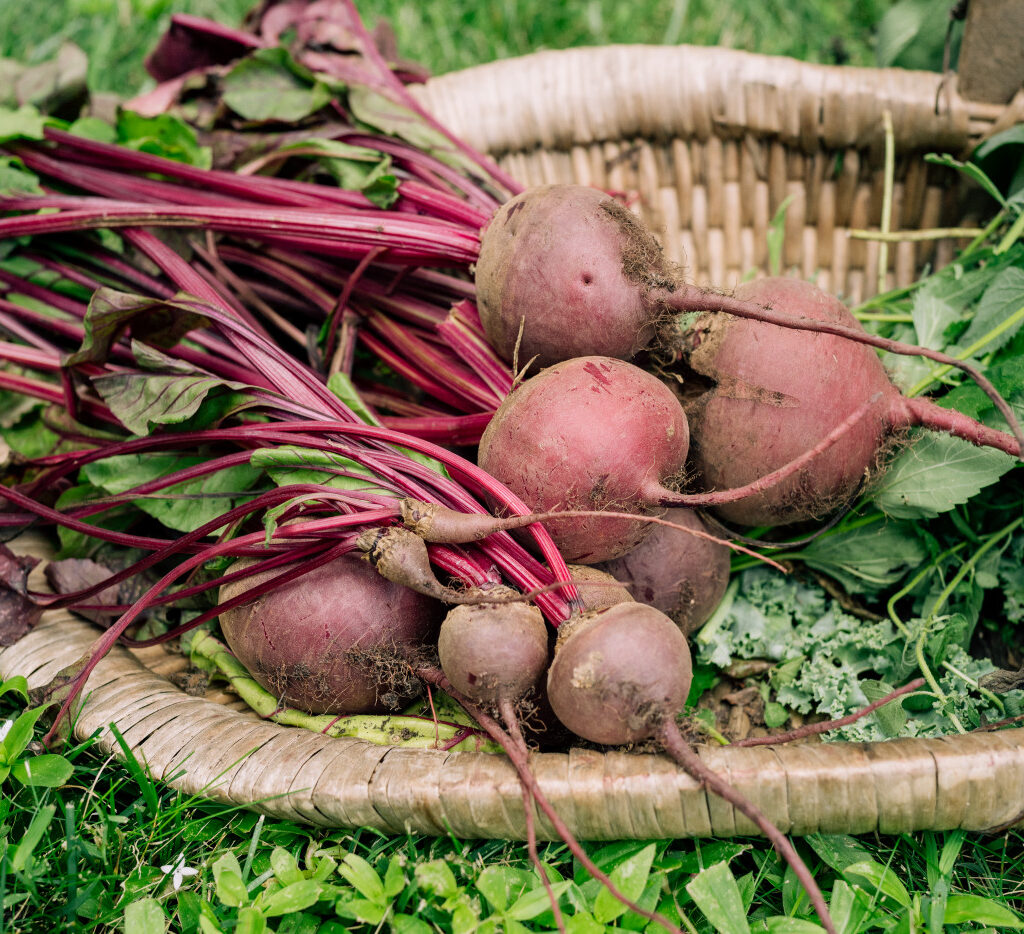
- Boosts Heart Health – Nitrates lower blood pressure and improve circulation.
- Supports Liver Function – Betalains aid in detoxification.
- Enhances Athletic Performance – Beet juice improves stamina and oxygen use.
- Fights Inflammation – Rich in antioxidants and anti-inflammatory compounds.
- Supports Brain Health – Improves blood flow to the brain, reducing risk of cognitive decline.
Common Challenges and Solutions
- Problem: Roots are small or misshapen
- Cause: Overcrowding, heavy soil, or too much nitrogen.
- Solution: Thin seedlings, improve soil texture, and balance fertilization.
- Problem: Yellowing leaves
- Cause: Nutrient deficiency or overwatering.
- Solution: Test soil and amend with compost or balanced fertilizer.
- Problem: Bolting (premature flowering)
- Cause: Temperature fluctuations or stress.
- Solution: Plant at the right season and maintain consistent moisture.
Conclusion
Growing beets at home is a rewarding experience that combines nutrition, sustainability, and the joy of harvesting your own food. With minimal effort, you can enjoy vibrant beet greens and nutrient-packed roots throughout the year. Whether you roast them, pickle them, or juice them, homegrown beets offer unmatched freshness and health benefits.
By understanding their growing requirements, providing proper care, and managing challenges, you can look forward to abundant, nutritious harvests that will not only enrich your meals but also contribute to a healthier lifestyle.





Leave A Comment